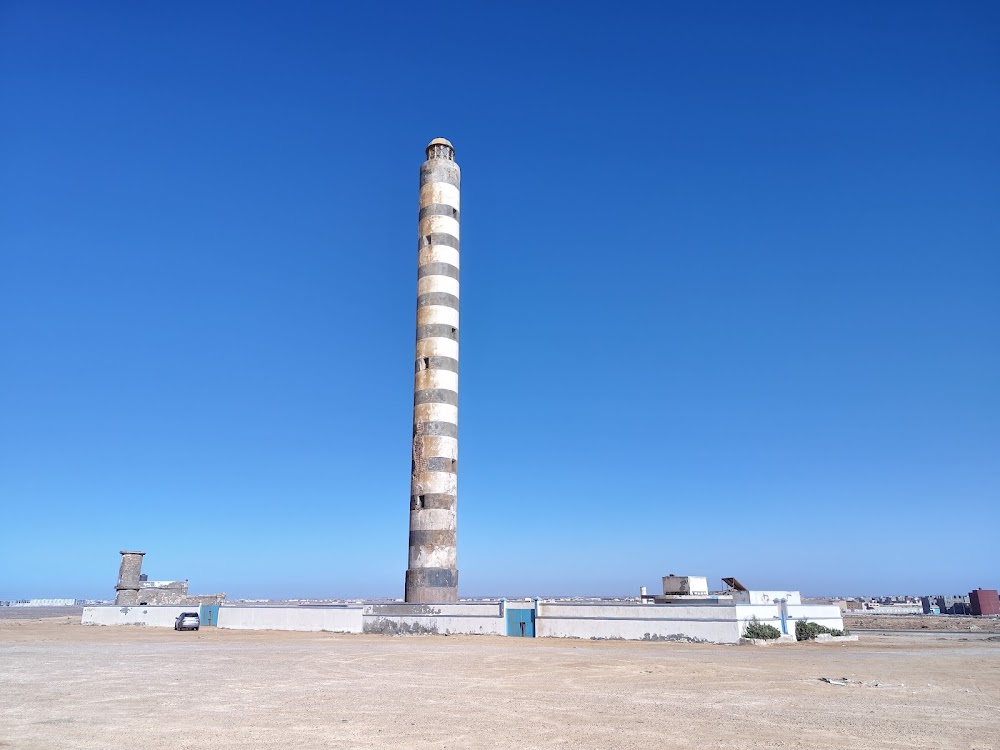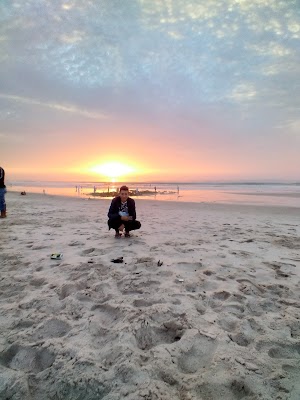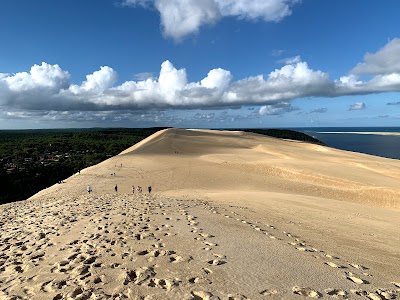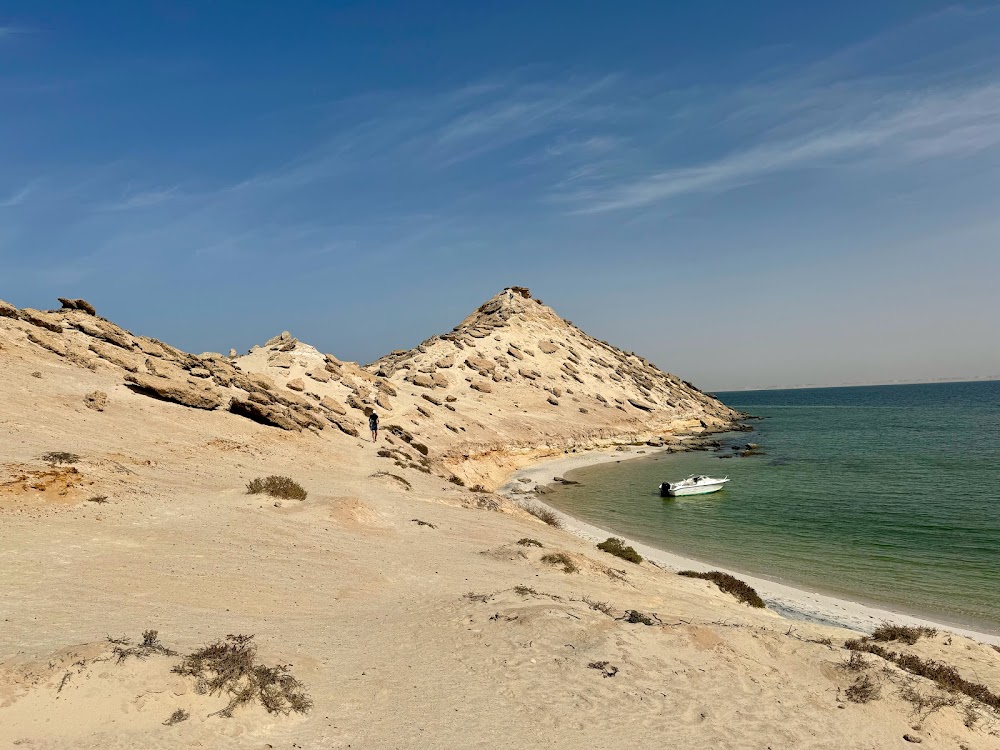Dakhla Peninsula (شبه جزيرة الداخلة)
Overview
The **Peninsula de Rio de Oro**, commonly referred to as the **Dakhla Peninsula**, is a stunning natural wonder situated in the city of **Dakhla-Oued Ed-Dahab**, in southern Morocco. This pristine stretch of land extends gracefully into the Atlantic Ocean, presenting an enchanting blend of sandy shores and dramatic desert landscapes that captivate visitors from around the globe.
The formation of the Dakhla Peninsula is a testament to millions of years of geological evolution. Erosional forces from wind and water have sculpted its distinctive shape. Over time, sand from the **Sahara Desert** has been swept by fierce winds, depositing along the coastline to create expansive dunes and inviting sandy beaches. Tectonic activity has also shaped the region's topography, resulting in the elevated plateaus and rugged cliffs that define the peninsula's iconic landscape.
Human history in this region is rich and diverse. The **Berber people** were among the earliest known inhabitants, leading a nomadic lifestyle that revolved around fishing and trade. In the early 16th century, the **Spanish** established a foothold in the area, using it as a crucial stopover for their ships and setting up minor trading posts. Today, remnants of this era, including ancient fortifications and ruins, can still be seen dotting the coastline.
As the mid-20th century approached, the strategic significance of the Dakhla Peninsula increased dramatically. During the **Spanish colonization** of Western Sahara, Dakhla became a vital military and administrative hub. The Spanish constructed essential infrastructure, including roads and airstrips, to facilitate their operations in the region. This period also marked the growth of the town of Dakhla, transforming it into a center for fishing and phosphate mining.
Following Morocco's claim over the territory of **Western Sahara** in 1975, significant investments were directed towards the development of Dakhla and its surrounding areas. The Moroccan government focused on enhancing transportation networks, establishing educational and healthcare facilities, and promoting tourism. These initiatives have transformed the peninsula into a vibrant destination celebrated for its natural beauty and recreational offerings.
Today, the Dakhla Peninsula is renowned for its extraordinary **biodiversity** and is a hotspot for **eco-tourism**. The waters that surround this picturesque land are teeming with marine life, attracting a diverse array of fish, dolphins, and migratory birds. The shallow lagoons and expansive beaches offer ideal conditions for thrilling water sports like kiteboarding and windsurfing, making it a favorite among enthusiasts worldwide.
The peninsula's landscape is equally striking. Inland, sparse vegetation and rocky outcrops create a stunning contrast with the rolling sand dunes. The tidal flats and salt marshes serve as a sanctuary for numerous bird species, rendering it a paradise for birdwatchers. Conservation efforts are actively in place to safeguard this fragile ecosystem, ensuring that future generations can experience its natural splendor.
The local culture of Dakhla is a vibrant tapestry woven from traditional **Sahrawi** influences and contemporary Moroccan customs. Festivals and cultural events are held regularly, celebrating the region's rich heritage. Local markets and artisan shops offer visitors a delightful glimpse into the area's craftsmanship, featuring woven textiles, pottery, and jewelry.
In summary, the **Dakhla Peninsula** is a unique and multifaceted destination that encapsulates the natural and cultural richness of Morocco's southern reaches. Its transformation from a remote, windswept land into a bustling center of tourism and conservation illustrates the resilience and adaptability of both the region and its people. Visitors to the peninsula are treated to a breathtaking interplay of desert and sea, history and modernity, making it an unforgettable place to explore.









